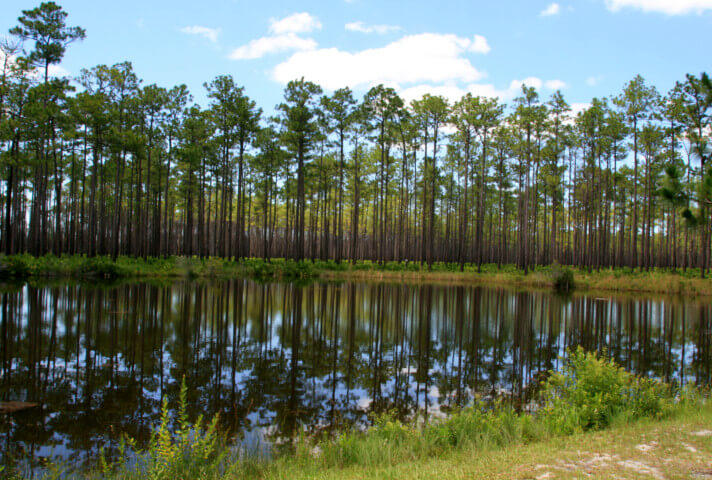
Caption
A revamped Clean Water Act released in December 2022 restored federal protections for millions of acres of wetlands and other waterways. A proposed mining project that would take place on wetlands located 3 miles from the Okefenokee Wildlifre Refugee was no longer subject to federal water rules jurisdiction when the law was rolled back under President Donald Trump’s administration.
Credit: Photo courtesy of U.S. Fish and Wildlife Service

